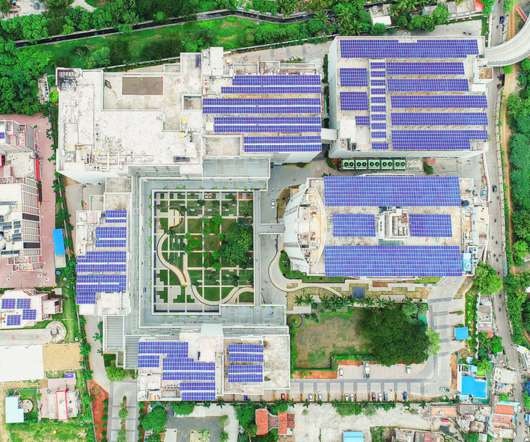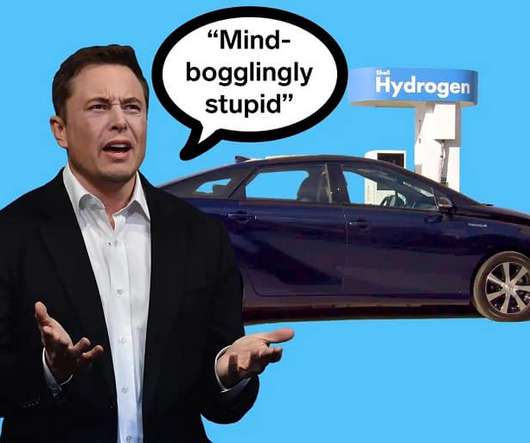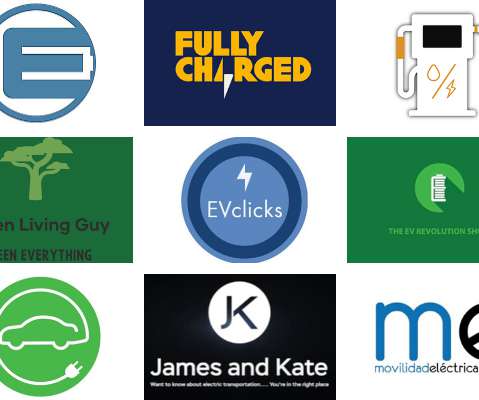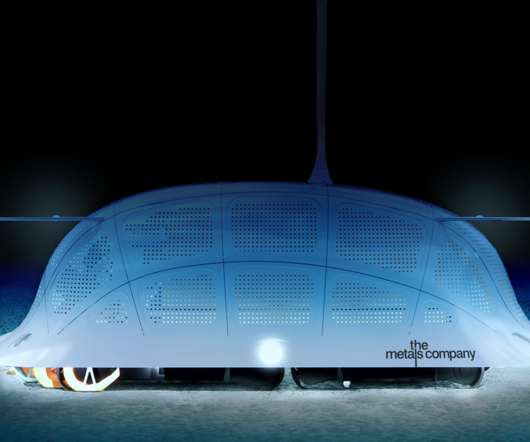RMIT researchers demonstrate working rechargeable proton battery
Green Car Congress
MARCH 8, 2018
The rechargeable battery is environmentally friendly, and has the potential, with further development, to store more energy than currently-available lithium ion batteries. These protons then pass back through the cell membrane where they combine with oxygen and electrons from the external circuit to re-form water.


















Let's personalize your content